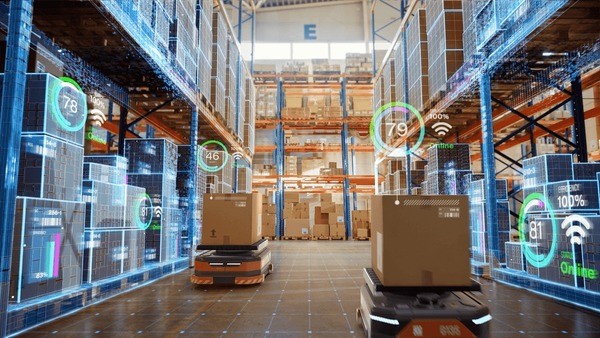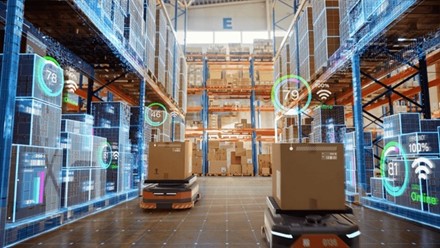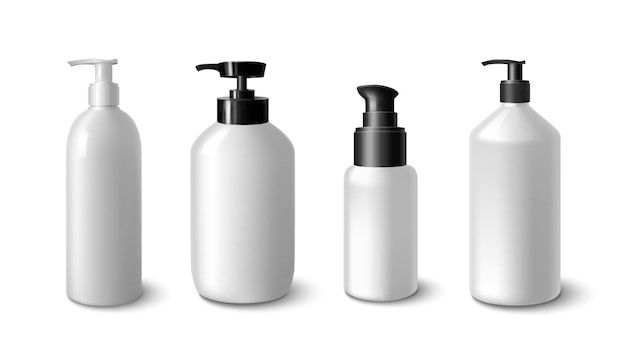in business, solving big problems may ripen big profits. presently, one of largest environmental problems in front of humankind is the millions of tons of plastic that float in oceans and reach up on beaches. this problem is not only about the uncleanness, but a huge waste of raw material that should be recycled. this ecological disaster is affecting marine life and eventually human health, as well. for 21st century entrepreneurs, finding new ways to recover or prevent discarded plastics from oceans and rivers could be a gold mine business. large streams of recycled plastic could reduce humankind&rsquos reliance on virgin material and the associated energy utilization and pollution consequences. scientists are just starting to understand the difficult problem of plastic debris in marine, and how it is harmful to the ecosystem. they have recognized five main ocean gyres or systems of rotating currents where water and wind trap floating trash such as plastic, much like a whirlpool in a river. the most noteworthy is the north pacific gyre that is also known as the great pacific garbage patch, which is predictable to be the size of texas. due to the durability of plastic, it can easily float in these gyres for many years before sunlight photodegrades it into several tiny particles that float below and on the surface and can be consumed by many creatures as small as plankton, a fundamental in the marine food chain. however, the plastic does not go away easily. since plastic is nonbiodegradable, it remains in tiny particles, which can be ingested by marine creatures. plastic elements have been found in many species of fish and sea birds and have been traced as the reasons of sicknesses and death. collecting plastic debris from beaches and sorting it manually is highly labour intensive process which is usually done by volunteers. netting it from the ocean is currently costly from a business point of view. in late 2012, method, which is an environmentallyconscious cleaning products company, started its latest modernization in sustainable packaging. method started producing bottles that are made from a blend of plastic which is recovered from the marine with postconsumer recycled plastic. these bottles are for limited edition packaging for a new method product. this product is a twoinone hand as well as dish soap that is available only at whole foods market stores located nationwide. errol schweizer is executive global grocery coordinator at whole foods market. errol mentioned that this method is signifying how smart business can make a huge impact for the planet. over the past one and a half year, method employees worked together with volunteers from the kkua hawaii foundation and sustainable coastlines hawaii to hand collect many tons of plastic from the coastlines of oahu, where the kinds of plastic that are needed to make this packaging are most plentiful. method is providing financial support to these two nonprofit groups to help keep them operating as a supply chain for collecting as well as sorting plastics ocean debris. katie molinari, who is a spokesperson for method, mentioned that they instructed volunteers to look for rigid and opaque plastic. they also had method staff sorting through the trash that volunteers collected off the beach to find that particular kind of plastic they needed. katie further said that method&rsquos existing ocean plastic bottle is a merge of 90 percent recycled hdpe and 10 percent recovered ocean plastic. method has created about 90,000 bottles, and they are currently finding ways to boost the amount of ocean plastic in the upcoming production. method was able to redirect much of the plastic they felt they could use in their bottle packaging at the beach clean ups. items like tires and fishing nets were sent to landfills. while apparently a clever marketing approach that offers a distinctive buying opportunity for whole foods shoppers, many of which are enthusiastic environmentalists, it is the type of proposal that creates alertness of the problem and begins to generate a market demand from other environmentally aware companies interested in the issue. adam lowry, who is method&rsquos cofounder, mentioned that their aim with ocean plastic packaging is to make people aware that the most feasible solution to plastic pollution problem is utilizing the plastic that already exists on the planet. method&rsquos ocean plastic bottle shows in the extreme that recycling is possible. according to adam, by recycling and reusing plastic to make bottles, method turned off the tap of plastic flowing into oceans and took the first, most crucial step toward resolving the ocean plastic problem. method&rsquos goal is to show how business can deal with environmental problems, and that there are clever ways to produce plastic rather than using virgin material. almost all of method&rsquos other packaging is produced from 100 percent postconsumer recycled material, which is a helpful way to reuse plastic and avert it from ending up in oceans and landfills. to develop the innovative recycling process to produce the bottles, method has partnered with envision plastics. the envision process lets the rigid and opaque plastics recovered from the marine to be cleaned, combined and then remanufactured into superior quality recycled plastic bottles for method at nearly the same quality as unused highdensity polyethylene. tamsin ettefagh, who is the vice president of salespurchasing at envision, mentioned that in the first go around with method, they transported envision all the material that was collected. envision then gave feedback as to what material should be avert in future collecting. fundamentally, envision got in a mix of all kinds of polyolefins, and they did further sorting. then they ground and washed it before amalgamating with curbside collected baled bottles. tamsin makes clear that they are getting ocean material that is pretty tainted with uv degradation and is also a mix of polyolefins. as a result, they are getting a high percentage of polyethylene and polypropylene. by blending it in as a percentage into envision polyethylene that they already recycled, it facilitates the ocean material to be compatible. according to tamsin, it&rsquos not too huge of a contaminant that way, and it also assists with the degradation, so the method product put on the shelf does not crack or brake. if the customer were to drop a 100 percent ocean plastics bottle, it would easily break because of it&rsquos too brittleness. no colorants were used in the bottle. its gray colour is different from all other method products. the head of creative design of method liked the natural gray colour that occurred during the process of blending. these bottles are extrusion blow moulded. tamsin says that it is neither economical nor sustainable. it&rsquos a highly expensive way to create a product. the extra cost of producing the bottles is tolerated by method and not surpassed to the consumer. the entire purpose behind method was to bring alertness to the consumer that there&rsquos an issue, and they have to stop plastics from getting into the marine by greater collection as well as recycling efforts. predominately educated people shop at whole foods. when they come to know about an issue, they get excited to do something about it. in 2010, electrolux, which is a global maker of home and professional appliances, first started its vac from the sea project also intended at raising awareness about the instant need for the world to take care of plastics in a better manner and support people as well as organizations that do. essentially their aim is to integrate ocean plastics into vacuum cleaners. this is because plastic is the main raw material used to create products. from a sustainable business standpoint, electrolux wants to utilize an increased worldwide supply of recycled plastic. paul palmstedt is the vice president of communications at electrolux small appliances. he said that the objective of the vac from the sea project is to emphasize the vast amount of plastic debris that is floating around in the oceans. paul mentions that they have big difficulties in finding supplies of recycled plastics for their green vac range. he says that if recycling of everyday plastics could be made much easier and efficient, electrolux could extend their green range and make more green vacs while having less plastic debris ending up in the oceans. inside the vac from the sea project, electrolux teams gathered plastic debris from coastlines around the world. they used the recovered plastics to produce a small number of vacs for display purposes. after that, the company organized press activities in a number of countries to emphasize the issue, and it also provide financial aid to two ngos who organized research voyages to map the amount of debris in the oceans. paul mentioned that electrolux can say that it has helped to build more awareness about the issue. however, he emphasizes that more actions, along with electrolux, are also required. tamsin ettefagh at envision said that since method has announced the new ocean plastic bottle, she has been swamped with calls from organizations that are interested in discovering the use of ocean plastics. obviously, the cure to having little plastic polluting the oceans is bigger public awareness of the problem optimistically leading to programs that are aimed at increasing recycling rates. to control the discarding of plastic goods, force must also be put upon commercial fishermen and oceangoing vessels, as well. someday initiative, technological progress, and passion may offer another practical solution to openwater plastic harvesting. source of information httpwww.americanrecycler.com






